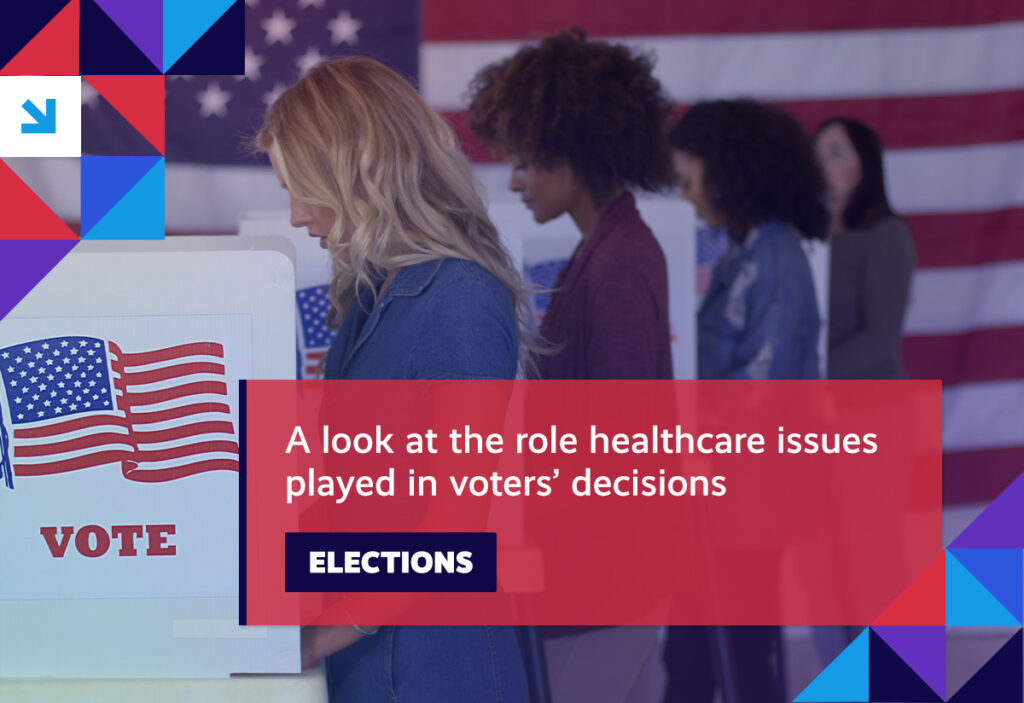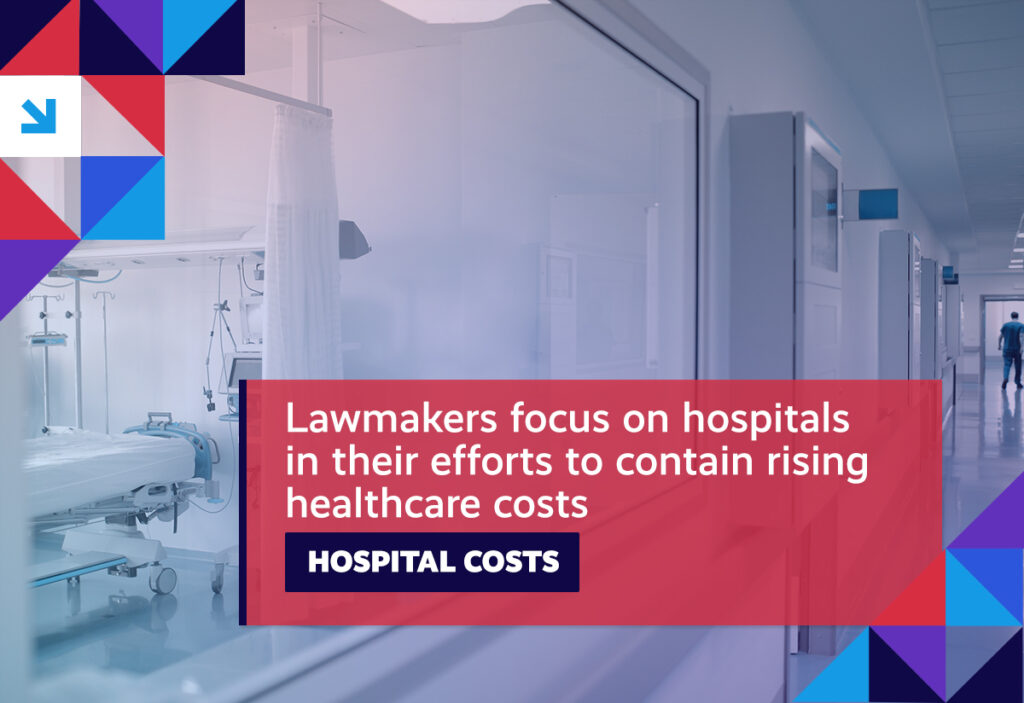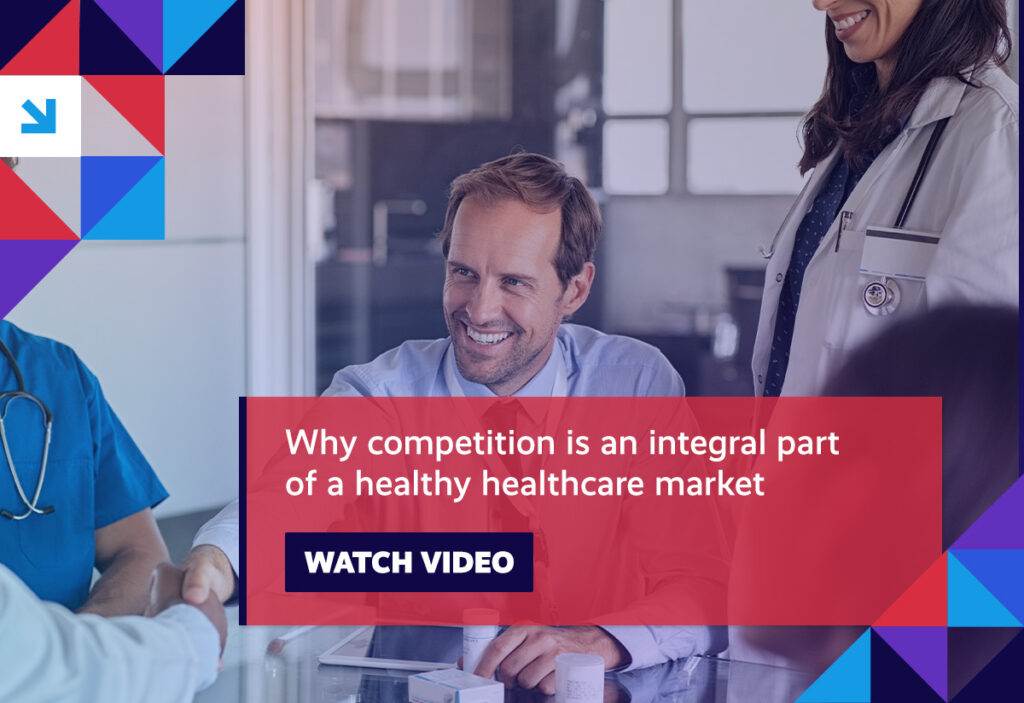A quick roundup of the issues driving the healthcare reform conversation.
Item of the Week

Week in Review
HOSPITAL CHARITY CARE Half of hospitals only spend 1.4 percent of expenses on charity care.
Quick takeaway: Nonprofit hospitals are a critical safety net for millions of Americans. But, according to a new analysis, many hospitals – including nonprofit facilities which are required to offer charity care in order to retain their tax-exempt status – only spend a meager amount of their overall expenses on providing care to uninsured or underinsured patients.
Further context: Charity care programs are a vital source of access for many people:
- Roughly 4 out of 10 adults in the U.S. struggle with medical debt, largely due to costs associated with emergency care and hospitalization.
- 1 in 7 adults have reported delaying hospital care because of costs.
What it means: Despite federal laws requiring nonprofit hospitals provide charity care as a condition of their tax-exempt status, these health systems have enormous latitude in deciding just how much charity care they ultimately provide. Additional research suggests that for-profit hospitals actually devote a larger share of their operating expenses to the provision of charity care, either to capitalize on generous tax deductions or because their nonprofit counterparts don’t expect any regulatory oversight regarding the amount of charity care they themselves provide.

Rx PRICES A new study shows no link between cancer drug prices and their effectiveness.
Quick takeaway: Researchers discovered no correlation between the prices set by Big Pharma for oncology drugs and their clinical value for patients. In other words, researchers went on to conclude, “that cancer drugs are priced predominantly on what the market will bear.”
Further context: The study also highlights that the median annual cost for the 119 oncology drugs approved between 2015 and 2020 came in at $196,000.
Against this backdrop, stakeholders are also quick to point out that:
- List prices for new cancer drugs rose more than 50 percent in 5 years.
- Cancer drug price hikes outpace inflation.
- Every new cancer drug brought to market in 2017 cost at least $100,000.
What it means: This latest analysis only adds to the affordability crisis facing cancer patients. A separate study from earlier this year found that between 2015 and 2020, median annual oncology spending in Medicare Part B went from $9,325 to $18,761, while spending in the Part D prescription drug program jumped from $27,761 to $52,016.
TELEHEALTH Most consumers are happy with virtual primary care.
Quick takeaway: A new study shows that the vast majority of patients who’ve used virtual primary care services are satisfied. According to the results of The Harris Poll survey commissioned by Elevance Health, 94 percent of adults said they were satisfied with their experience.
Further context: Other key highlights from the survey include:
- 79 percent saying that virtual primary care enabled them to take a greater role in managing their own health.
- 73 percent finding virtual primary care appealing.
- Only 48 percent reported being familiar with the term.
What it means: Once consumers are able to experience the benefits of virtual primary care for themselves, they like it – it’s just a matter of exposing them to the technology.
MEDICAID Managed care plans increasingly focused on health equity for enrollees.
Quick takeaways: As health equity continues to reshape our care delivery model, Medicaid managed care plans are also adapting to better serve their members. In a new survey, more than half of these plans reported having health equity strategies in place for specific populations, while around 40 percent said they now have such strategies for all their members.
Further context: The following are actions taken by Medicaid managed care plans to address health equity issues:
- Innovating to drive improved access and affordability.
- Identifying and scaling best practices to improve health.
- Social investment with financial reserves.
- Changes to governance and operations.
- Programs/policies for staff, members, providers, and vendors.
- Programs/policies for communities experiencing inequities.
What it means: Given the critically important role that Medicaid now plays in the lives of millions of Americans, it’s no surprise that the program also now finds itself buoyed by high levels of public support across the country.
Spotlight

| You can keep up with the latest by following the Health Action Network on Twitter and by liking us on Facebook. And, be sure to check us out on LinkedIn, too. As always, let us know if there’s something you’d like to see covered in a future newsletter. |
